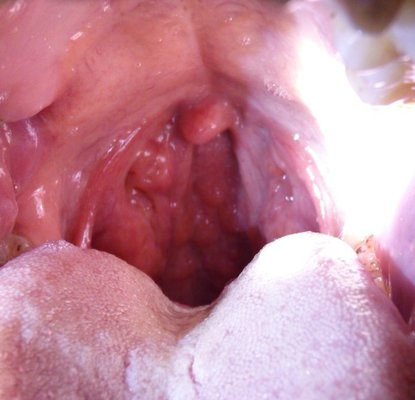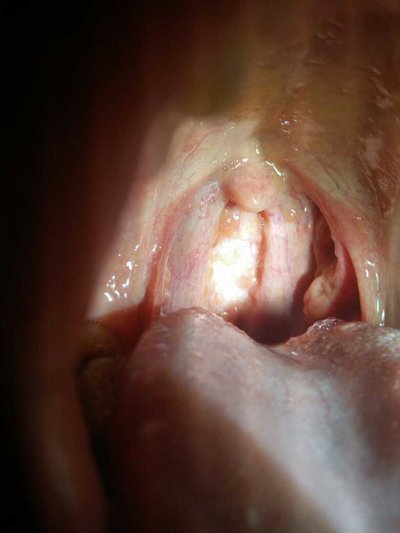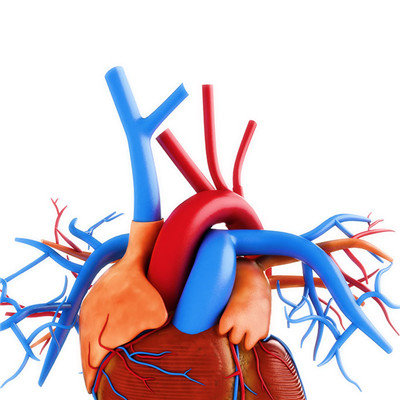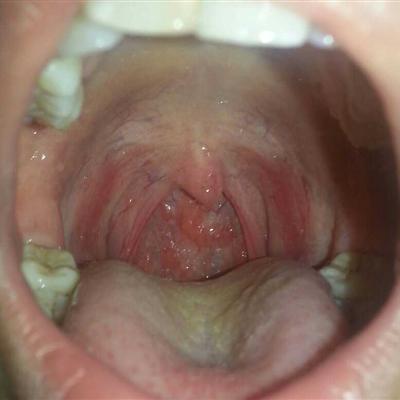Exercise induced asthma symptoms?
summary
Exercise induced asthma refers to the pathological phenomenon of acute airway stenosis and increased airway resistance in patients with airway hyperresponsiveness after strenuous exercise. More than 5-15 minutes after stopping exercise, cough, chest tightness, shortness of breath, wheezing and other symptoms in 5-15 minutes, accompanied by the decline of lung function related parameters, can be relieved within 30-60 minutes. Exercise induced asthma symptoms? Let's talk about it
Exercise induced asthma symptoms?
Chest tightness, wheezing, shortness of breath, cough, dyspnea, chest pain, mental tension, stomach discomfort, sore throat and other symptoms can be found. Some patients may not have typical asthma symptoms, such as headache, abdominal pain, muscle spasm, fatigue and abnormal feeling during exercise, but bronchospasm can be found in lung function test before and after exercise.
The chest is in the state of over inflation, and the lung auscultation has extensive wheezing mainly with exhalation. The exhalation is prolonged, lasting for about 0.5-1 hour, which can be gradually relieved. In severe cases, it can last for 2-3 hours, accompanied by increased heart rate, cyanosis, sweating, three concave signs of respiratory muscles, abnormal consciousness, and even life-threatening.

Most patients have chest tightness, shortness of breath, dyspnea, wheezing, and obvious wheezing in the lungs 6-10 minutes after the start of strenuous exercise and 2-10 minutes after the stop of exercise. Asthma attack can be relieved gradually within 0.5 ~ 1 hour; A few severe patients can last 2-3 hours. Very few patients with the above asthma symptoms can appear in 4 ~ 13 hours after exercise, which is called "exercise-induced delayed asthma response".

matters needing attention
As the course of disease is prolonged, the oxygen metabolism disorder is aggravated. These children often show short stature, malnutrition and hunchback, often in a similar state; Some of the patients with severe illness are pessimistic, disappointed and even abandon themselves. Due to insufficient attention, the patients can not be treated in a timely and reasonable manner. Some of them develop bronchiectasis, mostly in the middle lobe of the right lung, occasionally with mediastinal emphysema or pneumothorax. Severe patients have varying degrees of cardiopulmonary function damage, and even pulmonary heart disease.















